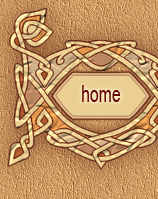
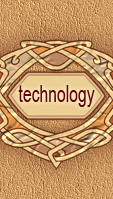
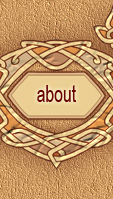
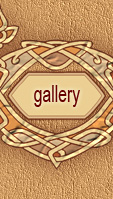

|
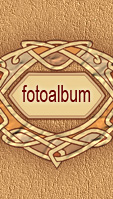

|
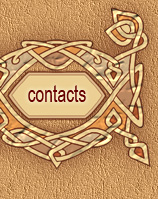
Technology and materials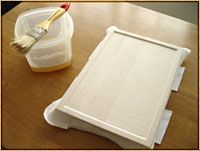 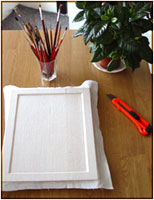 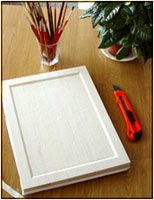 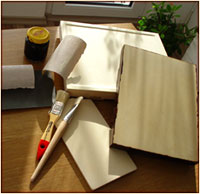
• Creating the icon starts with the choice of wood material, which should meet certain requirements for strength, endurance and low humidity. A suitable material is the wood from mahogany and walnut, lime-tree, cedar, oak-tree; it should be well-dried, correctly cut out, impregnated and stored. If the future icon is of a larger size, the icon-painter must use cross-braces - laths that are placed at the back of the panel. They protect the icon from crooking and cracking. • On the finished panel, a cloth from linen buckram is stuck through fish or rabbit bone-glue. The same glue is also used for preparing the ground coat, which is laid several times on the cloth that has already dried out. • An important stage in preparing the icon for painting is making the ground coated surface smooth. • The iconographic plot is sketched on cardboard or paper, then it is copied to the ground coated panel, then the main parts of the image, as well as the places to be gilded, are engraved. • According to the iconographic traditions, the golden foil shall be stuck through a polyment - a colourful elastic base that softens the surface of the ground coat. It can be successfully replaced with mixion, especially if the ground coat is well-grinded. • Painting the icon can be done through dry tinctorial substances - pigments, which use egg emulsion for a binding agent. • In order to protect the icon from breaking and unfavourable atmospheric conditions, different types of polish are used. The most suitable film-forming solutions are the natural resins, such as dammar and shellac varnish. |

